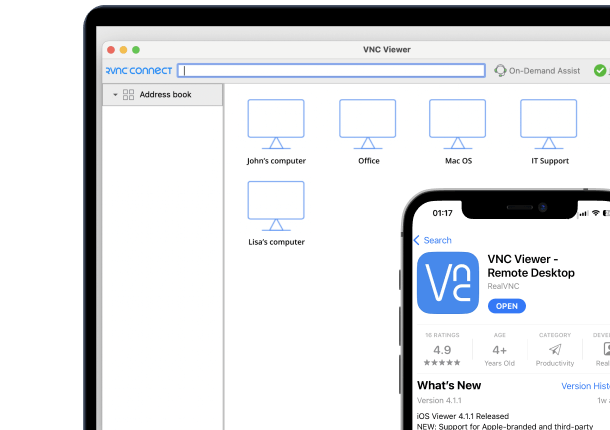Some fear that the traditional service desk capabilities could be easily carried out by robots controlled by a small staff of automation experts.
Lower level IT roles such as computer support specialists will certainly be under threat in the years to come as AI and ML improve. There are predictions that by 2050, 40% of jobs will be lost to automation, and only highly creative roles such as artists, musicians and writers will be safe in our newly intelligent world.
But businesses will continue to rely on senior IT staff for many years to come. As companies make further forays into AI and ML, the role of skilled IT professionals is becoming more, not less, important.
AI tools may bring some redundancies, but human expertise in managing complex technology will remain essential. From running digital systems and hooking up businesses to the cloud, to training staff and protecting systems from data breaches, human-powered IT will continue to play a strategic role in our increasingly complex enterprises.
To secure their future, CIOs must continue to add value, making departments across their organization even more effective and critical to business success. They must also find ways to reduce costs and improve the quality of the service they provide to improve employee satisfaction.
One area where they can boost efficiency and service quality is through remote access technology. This allows IT staff and other colleagues to remotely connect to devices in other locations, troubleshooting problems and accessing resources.
The days of IT experts visiting staff at their workstations are numbered, especially with the rise of new trends like remote working. Instead, employees are using remote technology such as screen sharing to conduct their daily business.
Remote access also allows service desk teams to anticipate computer failures and mitigate risks before they occur. It empowers this team to deliver exceptional service securely and instantly.
So how will the future of remote access support better delivery of IT services in the changing world of AI and ML? Here are a few suggestions:
Faster IT support
IT staff can quickly connect to any device and control them remotely for fast resolution. Troubleshooting processes can begin sooner and are solved faster, and downtime is reduced because employees don’t need to leave their desks. IT support teams can speed through tickets and the need for travel is dramatically reduced, making better use of highly trained individuals while saving time and money.
Happier employees
Swift resolution of computer problems allows staff to get on with the job at hand, creating a more efficient working environment. This leads to greater job satisfaction, and as a result, happier, more productive employees. IT staff can perform its role with much less wasted time. Productivity in the workplace is known to be closely aligned with job satisfaction.
Cheaper IT support
Remote access enables a significant proportion of technical support calls to be resolved remotely, supporting branch offices at the same man-hour cost as local support activities. Remote IT reduces the cost of support, eradicating travel costs and lost time.
More secure IT support
Remote sessions should always be totally secure and trusted. With security measures such as permission controls, end-to-end encryption and multi-factor authentication, the security of the remote session can be assured.
In the world of remote access, every connection should be treated as though it is entering a hostile environment. You can never be too careful. One of the main functions of the IT team is to monitor and maintain total system security. No matter where the device is located geographically, it must always be protected.
IT knowledge sharing
With IT staff troubleshooting problems from their desks, other, less experienced IT staff can watch and learn, enabling better communications and education among the teams. If a new problem arises or new software is implemented, knowledge-sharing can occur naturally, strengthening team confidence and familiarity with best practice operations. The result? More competent IT teams = better IT support.
The benefits of remote access go beyond IT support. It can help foster a more flexible, collaborative workforce, and support employee satisfaction and retention. Whatever the reason, promoting productive, efficient IT operations is integral to business success. With the right remote access strategy, in combination with AI and ML technologies, the CIO can keep ahead of the curve, leveraging human talent to deliver the efficiencies demanded by their organization today and into the future.





